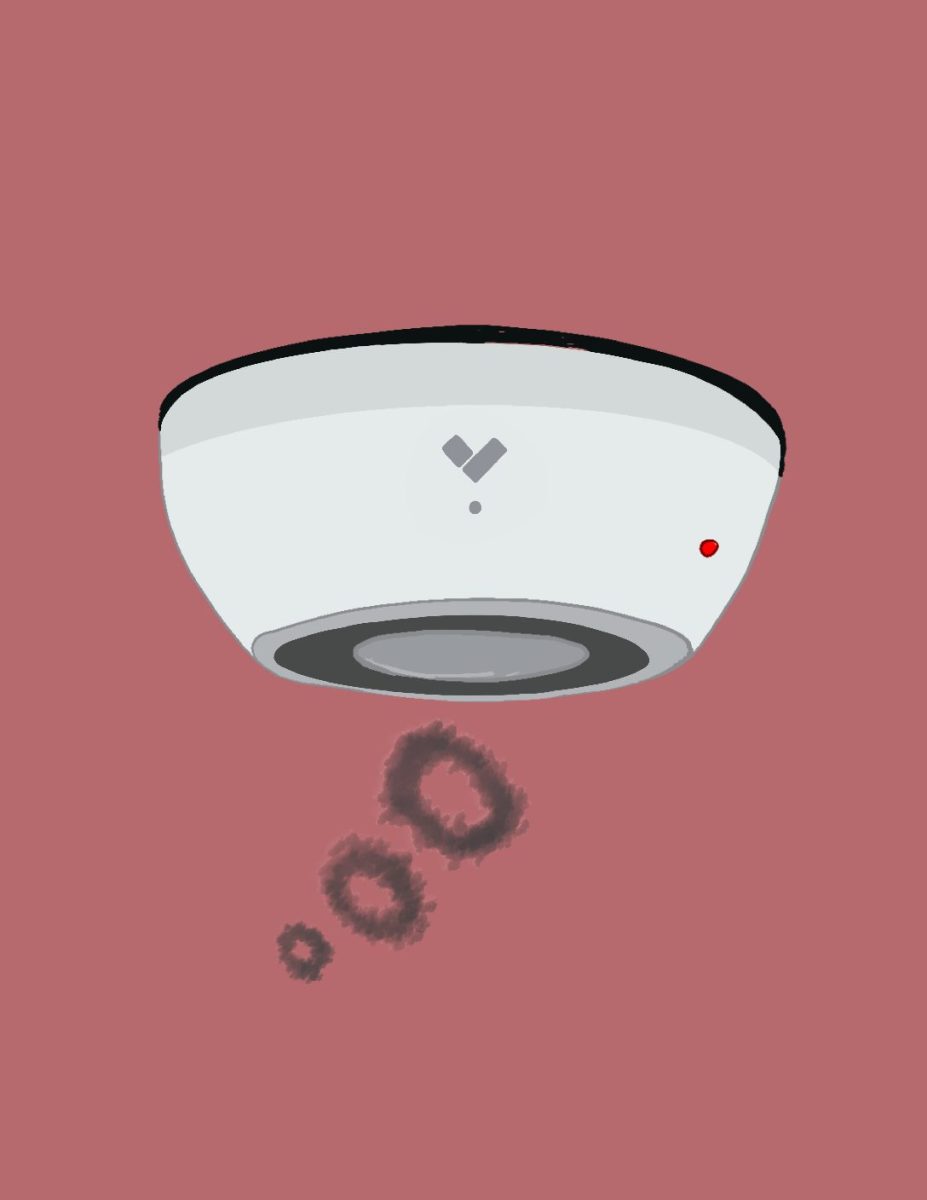After decades of declining smoking rates and the near death of Big Tobacco, the introduction of E-cigarettes and vaping devices has propelled a new wave of nicotine addiction amongst teens. According to Cross River Therapy, over a quarter of high school vape users reported vaping daily. As vaping culture continues to grow at a rapid rate, more and more people are calling for stronger regulations and increased preventions to protect the health of today’s youth.
The revival of teen nicotine addiction began with the introduction of e-cigarettes and vape pens in the mid-2000s, which were originally marketed to help adult smokers quit regular cigarettes. However, vaping devices like those produced by JUUL soon found an unexpected appeal among youth.
“I walk into a bathroom and there’s always someone vaping or smoking,” FHS sophomore Manoah Maciel said.
In an effort to reduce vaping on campus, FHS installed vape sensors in student bathrooms at the beginning of the 2023-24 school year. The sensors work by triggering a silent alarm, alerting school officials upon the detection of nicotine and other chemicals found in vape fumes. Some students agree that the sensors are an important deterrent on campus, while others remain skeptical.
“I think that the school has a right to put vape detectors inside of their bathrooms but at the same time I know students that are mad,” Maciel said. “I think it won’t stop [vaping]. They’re just going to vape somewhere else. They’re not targeting vaping itself, they’re just targeting vaping at Fremont, which kind of makes it feel like they don’t care about the students. They just care about the bathrooms.”
Vaping devices have skyrocketed in popularity among underage users. Additionally, misleading social media promotions portraying vaping as a trendy lifestyle choice rather than a nicotine delivery system downplay the health risks that vaping entails, which include but are not limited to lung scarring, heart disease and asthma.
“I’ve been having chest pains,” an anonymous FHS vape user said. “Especially recently. I think it’s because school started again and the stress makes it worse. Vaping gives me chest pains and that stresses me out which makes the chest pain even worse, which makes the stress even worse. It’s like a constant cycle.”
While vape sensors seem like a convenient choice to combat vaping, students feel more effort can be put into resources that educate students and provide help to those who need it. Many believe that to truly target vaping, more resources should be provided for those battling addiction
“It’s a hole that’s so easy to fall into and so hard to get out of,” the anonymous vape user said.



















